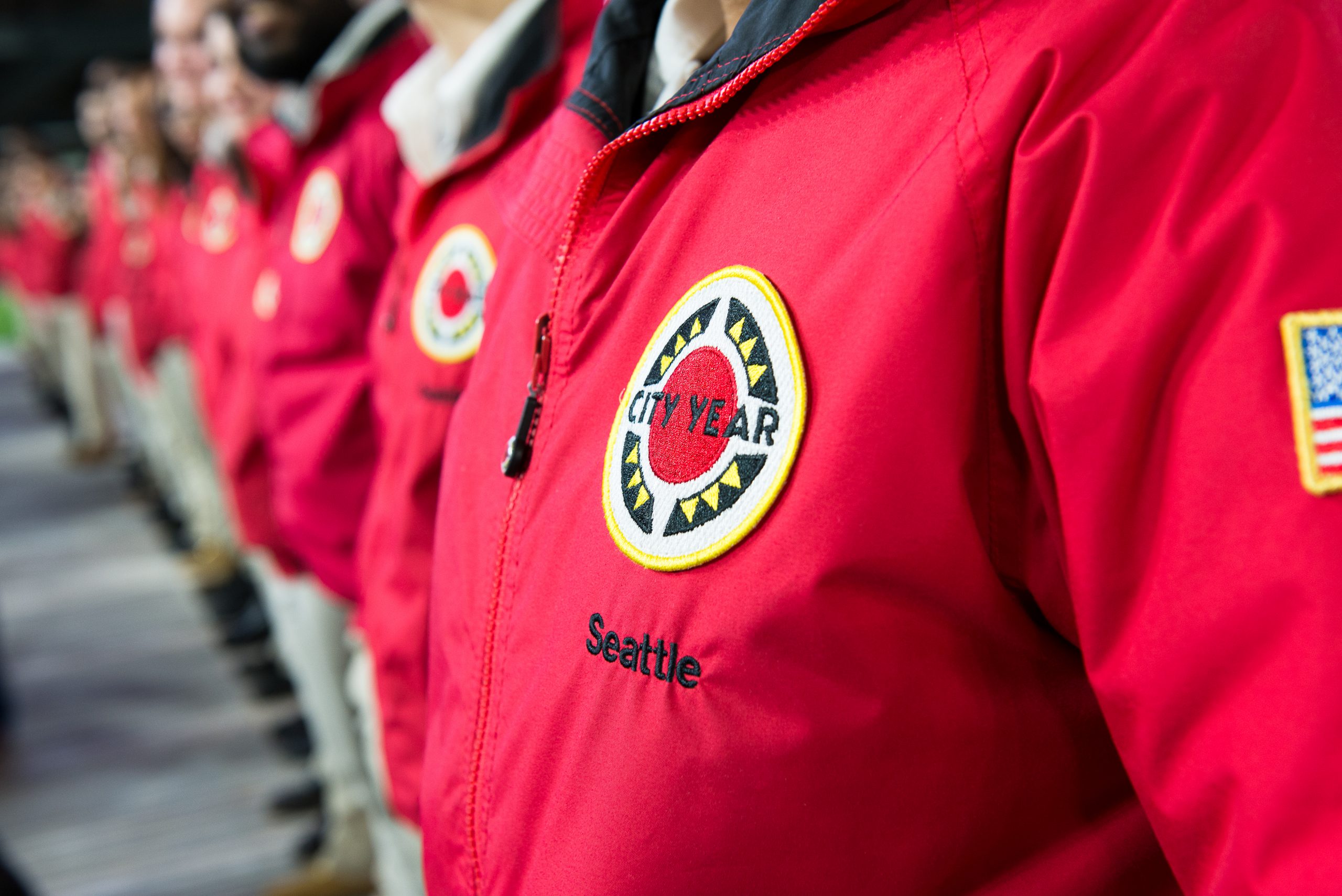

Strategic Perspectives in Nonprofit Management is a Harvard Business School executive education program for nonprofit leaders. To learn more about SPNM and our other executive education programs, visit our website. Read more about one participant’s program experience below.
I’ve learned this simple lesson too many times to ignore it this far into life: Stepping back from a problem or opportunity and looking at it from afar generally leads to greater clarity. The “hamster wheel” is real and even when I recognize I’m on it, stepping off in the heat of the moment feels counterintuitive, but is ultimately rewarding.
This is especially true when the stakes are high. For the first time in 50+ years, the majority of U.S. public school students are living in poverty and every 26 seconds a student drops out of school. The nation faces a significant opportunity gap for students of color – leaving behind incredible voices, talent, and potential in our communities. Seattle, my hometown, has the 5th largest achievement gap in the country despite a booming economy. City Year is working to change those statistics. An education nonprofit with 28 sites across the country, City Year seeks to transform the way students see themselves and their possibilities for their futures. Through the power of National Service, City Year trains and deploys AmeriCorps Members into urban schools to work with students from 3rd-9th grade as full-time tutors, mentors, and champions. By linking arms with teachers, families, and administrators, City Year’s goal is to empower students to stay on track to achieve their dreams, build civic leaders, and transform communities.
After 15 years in the tech sector, I made the leap to City Year Seattle in 2014 as its Executive Director. I was convinced that the City Year model offered effective remedies to the problems facing the U.S. education system. After several years of intense focus, I looked toward the Strategic Perspectives on Non-Profit Management (SPNM) program as time to step back, learn, and process with a diverse group of global leaders. Despite superficial differences in geography or specialization, our cohort quickly unlocked a common language made possible by our shared value of service. Six months later, there are two takeaways I think about daily:
Moving forward, I wonder what a revolution in philanthropy might look like to unlock the hearts, minds, and funding required to solve some of our biggest social barriers to success. I believe the roots already exist between nonprofits and philanthropy in the form of a shared purpose. What we need next is the courage to step back together to have candid discussions about what level of risk tolerance is truly needed to achieve shared outcomes.